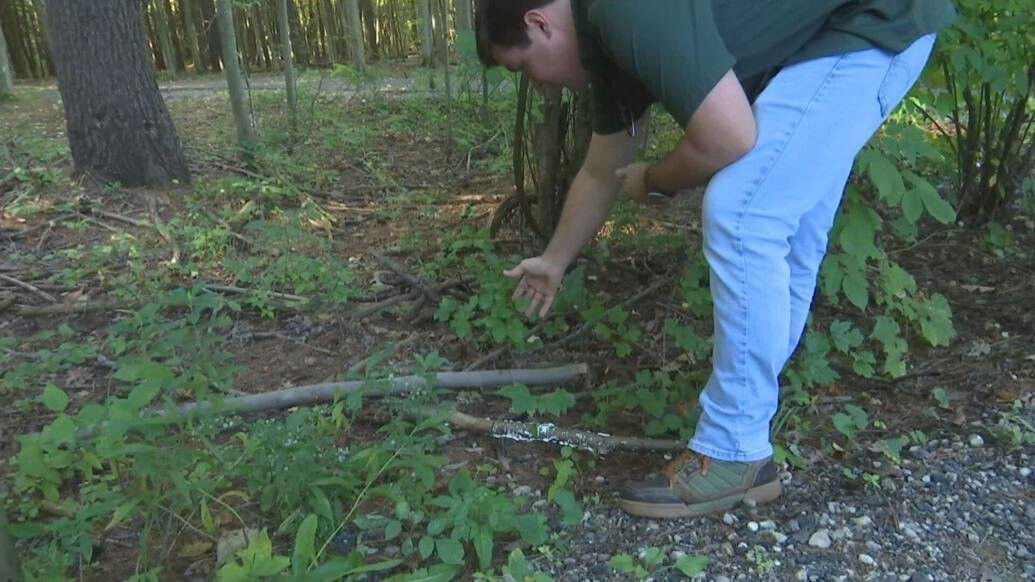Invasive species found after dam failures

Matthew Lindauer examines a plant with berries called buckthorn
By Trevor Sochocki, Anna Muckenfuss
Click here for updates on this story
MIDLAND, Michgan (WNEM) — When the Tittabawassee River roared through after last year’s dam failures, it brought with it a flood of invasive species.
A plant with the berries is called buckthorn, normally at the Chippewa Nature Center in Midland, doesn’t belong near Tittabawassee River.
“We try and get rid of it at any and every size we find it at,” said Matthew Lindauer, the coordinator for the Central Michigan Cooperative Invasive Species Management Area.
Lindauer’s organization just finished surveying 42 miles of the river, from near Edenville down to Saginaw.
“It was because of the failures of the dams over a year ago and we wanted to see if any new invasive species, specifically aquatic ones, had entered the Tittabawassee River,” Lindauer said.
They did. In fact, the numbers exploded. A handful of species were spotted more than 700 times.
As big a number as that may seem, Lindauer said it’s not shocking because this is the first comprehensive invasive species analysis of the river.
For the first time, they found zebra mussels in the Tittabawassee. Autumn olive, curly pondweed, and purple loosestrife were also spotted. There’s no threat to humans, just to the animals relying on the water.
“When all of that is, all of that real estate is taken over by these plants they have nowhere to land and nowhere to nest, so when you see these big spikes in purple loosestrife, you see dives in waterfowl population,” Lindauer said.
Some of the invasive species reside underwater. Given the murkiness of the river, they can be hard to spot, and even harder to get rid of.
They do plan on pulling up some plants and spraying herbicide where possible.
“They’re so pervasive throughout the state that a lot of times it is, you know, how much money and time do you want to spend getting rid of something that is gonna be everywhere else surrounding it and eventually move back in?” Lindauer said.
The takeaway for visitors? Be aware of the potential effect you might have on your environment.
“You take your boat out of the Tittabawassee River, which now has species x, y, and z in it. Go into another waterway, empty out those same tanks, now all of the sudden you’ve introduced a new species and the spread of the invasive continues,” Lindauer said.
Please note: This content carries a strict local market embargo. If you share the same market as the contributor of this article, you may not use it on any platform.



